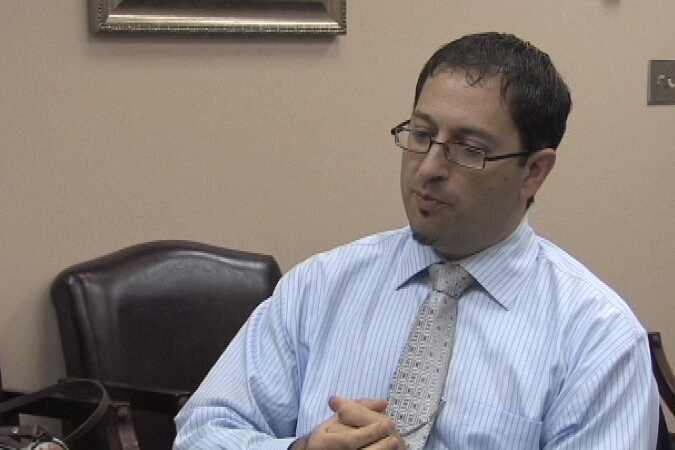6.1 Introduction
Life cycle costing is the heart of Asset Management. Knowing exactly how much and what type of maintenance to do on an asset during its life and the correct point to replace the asset would optimize operational and capital expenditures. If you knew this information for each and every asset in your utility, you would know that every dollar spent was absolutely necessary and was being spent at the right time for the right reason. Consider a pump installed in June 1998. Assume you knew that the pump would fail completely in June 2012. You could replace the pump in May 2012. This would use the maximum life of the pump while allowing you to replace it before it became an emergency. We can add another dimension to the analysis by considering maintenance activities. What if you knew exactly what maintenance needed to be done, no more, no less, to have the pump last until 2012? You would need to perform only those particular activities on the pump to achieve its maximum life.
In theory, then, life cycle costing is relatively simple: do only as much maintenance as necessary to get the maximum asset life and replace the asset right before it fails. Unfortunately, the reality of life cycle costing is a bit more complex. It is almost impossible to predict with certainty when an asset is going to fail and it can be difficult to determine exactly how much and what type of maintenance is optimal for each asset.
This approach is used all the time in the case of vehicles, even though we might not think of it in these terms. The types of parts replaced on a car before they fail are those components that carry a high risk of catastrophic failure - the brakes, the timing belt, the tires. The parts that are allowed to fail are those that carry a low risk - the radio, the automatic door locks, the cup holders. Medium risk components have the potential to leave you stranded on the side of the road, but probably don't put your life at risk. These assets are parts like the water pump or radiator hoses. These assets may be allowed to fail or may be replaced before failure, depending on the owner's risk tolerance. The maintenance activities done on a car are also related to risk. Since changing the oil keeps the engine in working condition, it is done routinely. Very little maintenance, if any, is done on low risk assets in the car. It is unlikely that anything will be done to maintain parts like the radio or door locks. As in the car example, risk is the main factor that will help utilities make decisions on water and wastewater assets for both operation and maintenance and capital expenses.


